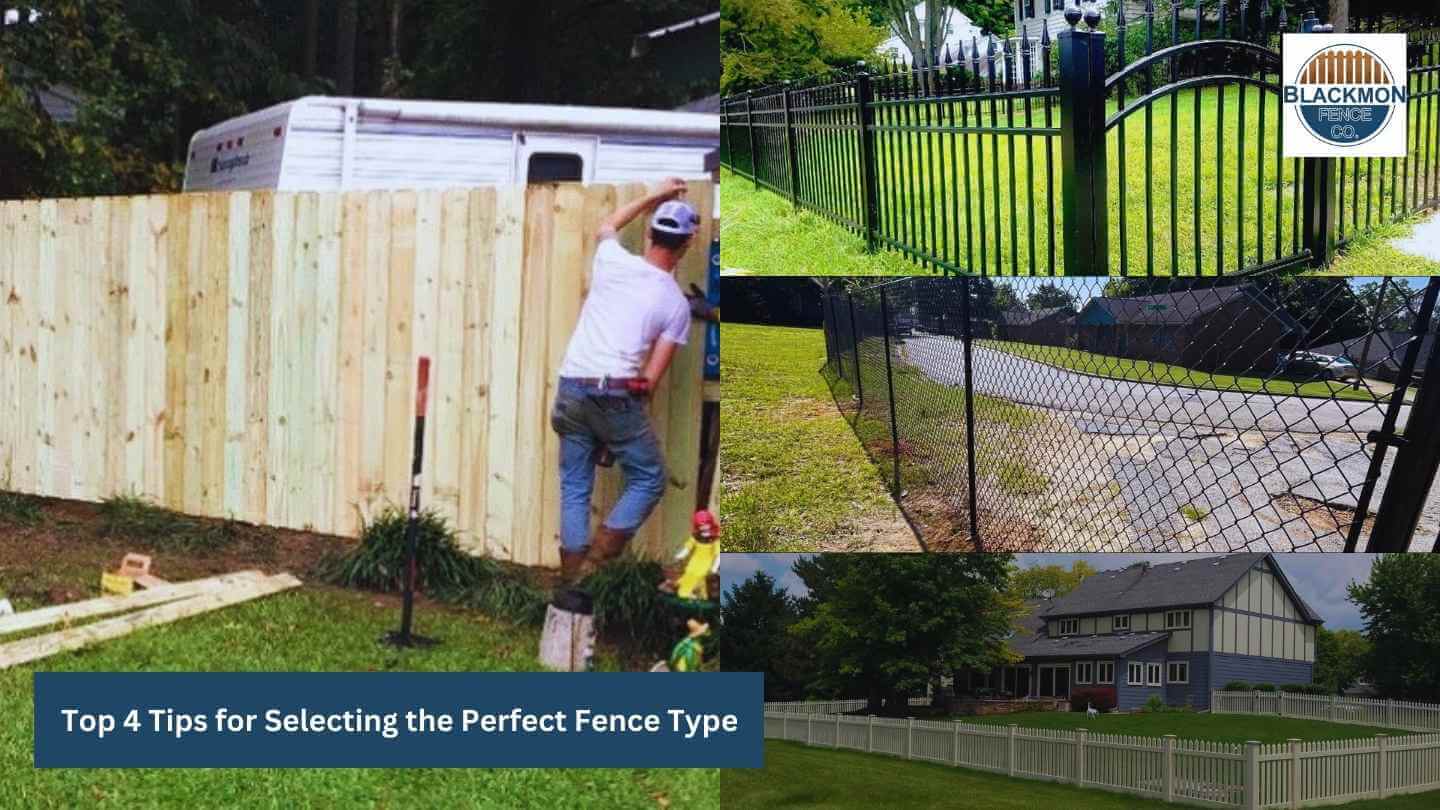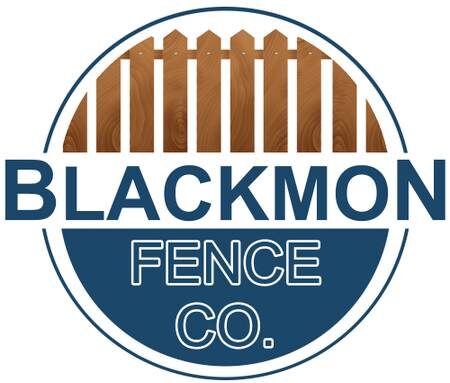Introduction
When it comes to enhancing the aesthetics, security, and value of your property, selecting the perfect fence is a crucial decision. With numerous options available, ranging from classic wood to modern vinyl, it’s essential to choose a fence type that not only meets your practical needs but also complements your home’s style.
In this comprehensive guide, we delve into the top tips for choosing the ideal fence, ensuring that you make an informed decision that elevates your property’s charm and functionality.
- Discover Diverse Materials: Learn about the various fence materials available, from traditional wood to innovative composites, and understand their pros and cons.
- Design Insights: Gain insights into matching fence styles with your home’s architecture for enhanced curb appeal.
- Budgeting and Maintenance Tips: Find practical advice on budgeting for your fence project and maintaining your fence for long-term durability.
- Expert Opinions and Case Studies: Benefit from expert tips and real-life case studies to see how the right fence can transform a property.
Understanding Your Needs – The First Step in Fence Selection
Assessing Your Property's Requirements
- Privacy Needs: How much seclusion do you require from your neighbors or passersby?
- Security Aspects: Are you looking to keep pets in, deter intruders, or perhaps both?
- Climatic Conditions: Different materials withstand various environmental conditions. Consider your local weather patterns.
- Topography of Your Land: Sloped land might require different fencing solutions compared to flat terrain.
Compliance with Local Regulations
- Height Restrictions: Many areas have limits on how tall a fence can be.
- Material Restrictions: Some neighborhoods may have guidelines on acceptable fencing materials.
- Permit Requirements: In many cases, a permit may be required before you begin fence installation.
Exploring Fence Materials – Finding the Perfect Match
Selecting the perfect fence is paramount. Each material offers unique benefits and drawbacks, and understanding these will guide you to an informed choice.
Wood Fences – Classic and Versatile
- Pros: Aesthetically pleasing, customizable.
- Cons: High maintenance, susceptible to weather damage.
Vinyl Fences – Low Maintenance and Durable
- Pros: Low maintenance, long lifespan.
- Cons: Higher initial cost, limited color options.
Metal Fences – Security and Elegance
- Pros: Strong, durable, aesthetically diverse.
- Cons: Can be expensive, may require rust prevention treatments.
Composite Fencing – A Sustainable Choice
- Pros: Sustainable, low maintenance.
- Cons: Can be costly, limited styles.
Fence Material Comparison
Material | Maintenance | Durability | Cost | Aesthetic Appeal |
Wood | High | Moderate | Low | High |
Vinyl | Low | High | High | Moderate |
Metal | Moderate | High | High | High |
Composite | Low | High | High | Moderate |
Design and Aesthetic Considerations
Matching Fence Style with Home Architecture
- Traditional Homes: Classic wood or ornamental metal fences work well.
- Modern Homes: Sleek designs like horizontal slat fences or minimalist metal options suit contemporary aesthetics.
- Rustic/Country Homes: Consider split-rail wood or wrought iron fences for a more rustic appeal.
Color and Finishing Touches
- Neutral Colors: They are less likely to clash with your home and landscape.
- Bold Colors: Can be used to make a statement or highlight certain areas.
- Finishing Touches: Post caps, decorative hardware, and integrated lighting can add a unique touch.
Design Tips for Enhancing Curb Appeal
- Consistency: Ensure the fence design is consistent with the overall landscape theme.
- Balance: Balance privacy and openness based on your needs.
- Details: Pay attention to small details like gates and hardware for a cohesive look.
Practical Tips for Selecting the Perfect Fence
Setting a Budget for Your Fence Project
- Assess Costs: Research the costs of materials, labor, and any additional expenses like permits or removal of an old fence.
- Get Multiple Quotes: Obtain quotes from several contractors to compare prices.
- Consider Long-Term Costs: Factor in maintenance and potential repair costs over the fence’s lifespan.
Long-Term Maintenance and Upkeep
- Wood Fences: Require regular staining or painting and inspection for rot or insect damage.
- Vinyl and Composite Fences: Generally low maintenance, occasional cleaning with soap and water is sufficient.
- Metal Fences: May require rust treatment and repainting over time.
DIY vs. Professional Installation
- DIY Installation: Suitable for those with some handyman skills. It can save on labor costs but may take longer.
- Professional Installation: Ensures quality and efficiency. Ideal for complex designs or materials like metal.
Maintenance and Installation Comparison
Material | DIY-Friendly | Professional Installation | Maintenance Level |
Wood | High | Recommended | High |
Vinyl | Moderate | Recommended | Low |
Metal | Low | Highly Recommended | Moderate |
Composite | Moderate | Recommended | Low |
FAQ Section
What is the most cost-effective fencing material?
Vinyl and composite fencing, while having a higher initial cost, offer long-term savings due to their low maintenance requirements.
How often do wood fences need maintenance?
Can I install a fence by myself?

Conclusion
Selecting the perfect fence type for your property is a multifaceted decision that involves considering your personal needs, the right materials, design preferences, and practical aspects like budget and maintenance. By following the tips outlined in this guide, you can make an informed choice that enhances the security, aesthetics, and value of your home.
Remember, a fence is not just a boundary; it’s an integral part of your home’s character and your personal lifestyle. Take the time to research, consult with professionals, and consider all your options before making this significant investment.
Ready to transform your property with the perfect fence? Look no further! Blackmon Fence Company a trusted fence company in Columbus, GA, is here to bring your fencing dreams to life. With our expertise and commitment to quality, we’ll guide you every step of the way, from selecting the right material to professional installation.
Call us today and let’s start building the fence that best fits your lifestyle and enhances your home’s curb appeal.


